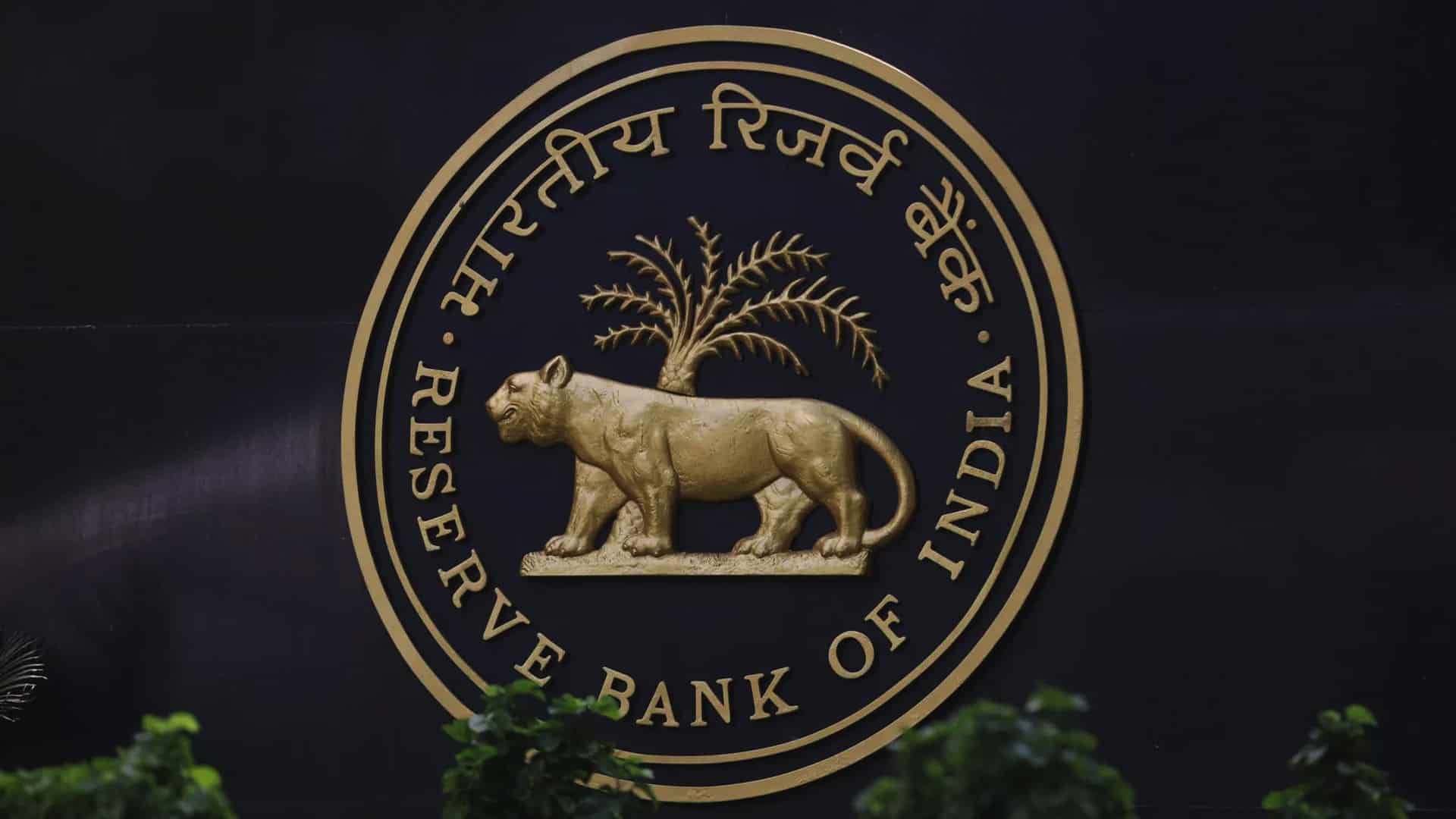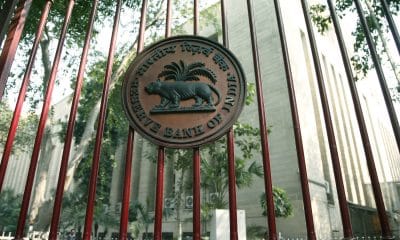Economy
Economy remains resilient, banking system fortified by low level of NPAs: RBI
Indian economy remains resilient on the back of a healthy banking system, which has been fortified by multi-year low levels of NPAs and adequate capital, according to the Reserve Bank’s Financial Stability Report (FSR).
The document reflects the collective assessment of the Sub-Committee of the Financial Stability and Development Council (FSDC) on risks to financial stability and the resilience of the Indian financial system. In a foreword of the report, Reserve Bank Governor Shaktikanta Das said the Indian economy has made a solid recovery and is among the fastest-growing large economies despite heightened uncertainties and formidable headwinds.
Also read: Omnivore announces first close of third fund at USD 150 million
Financial stability is non-negotiable, and all stakeholders in the financial system must work to preserve this at all times, he added. “The Reserve Bank and the other financial regulators remain steadfast in their commitment to safeguard financial stability in the face of potential and emerging challenges,” he said in a foreword to Financial Stability Report (FSR). The global economy is facing heightened uncertainty amid banking system fragility in certain countries, persisting geopolitical tensions and moderating but elevated inflation, as per the report.
Despite global headwinds, the Indian economy and domestic financial system remain resilient, supported by strong macroeconomic fundamentals, it said. The resilience of the global financial system has been tested by the recent banking turmoil and interaction between monetary policy tightening and financial sector stress. Uncertainty about the global macro-financial outlook has risen. “Against this backdrop, the Indian economy and the domestic financial system remain resilient in an environment of macroeconomic and financial stability. The health of the Indian banking system is robust, fortified by non-performing loans at a multi-year low and adequate level of capital and liquidity buffers,” it said.
FSR further said the health of the banking system is a positive in this environment, with improving profitability and asset quality, and sufficient levels of capital and liquidity buffers. The system-level gross non-performing assets (GNPA) ratio and net non-performing assets (NNPA) ratio have sharply fallen from a high of 11.5 per cent and 6.1 per cent in March 2018 to 3.9 per cent and 1.0 per cent in March 2023, respectively. Alongside, the provisioning coverage ratio (PCR), which was as low as 40.1 per cent in June 2016, has improved to 74.0 per cent in March 2023.
The report further said the banking system profitability improved with return on assets (ROA) increasing to 1.1 per cent in 2023 from a low of – 0.2 per cent in 2018. This, in turn, helped the capital to risk-weighted assets ratio (CRAR) 35 to reach a record high of 17.1 per cent in 2023 (Chart 1.58). “Healthier balance sheets are catalysing sustained and broad-based pick-up in the momentum of credit growth, with credit flow improving to all sectors of the economy,” the RBI said. FSR said bank deposits grew by 10 per cent (y-o-y) in 2022-23 and improved to 11.8 per cent in early June 2023, partly aided by the announcement of the withdrawal of Rs 2000 bank notes from circulation.
“Although deposits have trailed the rate of credit expansion, the structural liquidity mismatch has been narrowing and the annual incremental credit-deposit (C-D) ratio has come down from its recent peak of 141.8 per cent in November 2022 to 94.7 per cent on June 02, 2023,” the report said. Retail loans grew at a compounded annual growth rate (CAGR) of 24.8 per cent from March 2021 to March 2023, almost double the CAGR of 13.8 per cent for gross advances during the same period. It formed around one-third of the total banking system’s gross loans and advances. Since the last issue of the FSR in December 2022, the global and Indian financial systems have charted somewhat different trajectories, it said, adding the global financial system has been impacted by significant strains since early March 2023 from the banking turmoil in the US and Europe.
In contrast, it said, the financial sector in India has been stable and resilient, as reflected in sustained growth in bank credit, low levels of non-performing assets and adequate capital and liquidity buffers. Banking and corporate sector balance sheets have been strengthened, engendering a twin balance sheet advantage’ for growth, Das said, adding the reach and depth of financial intermediation are being aided by technology and growing digitalisation, which provide new opportunities for growth and financial inclusion. As the recent banking turmoil in certain advanced economies (AEs) suggests, new risks have necessitated a reassessment of global standards on financial sector regulations, he said.
While international cooperation among regulators on these issues is of paramount importance, he said, so far as India is concerned, both regulators and regulated entities need to stay the course with an unwavering commitment to ensuring a stable financial system. It has to be remembered that seeds of vulnerability often get sown during good times when risks tend to get overlooked, he said. International cooperation and regulatory focus are also needed to tackle other challenges, such as cyber risks and climate change, he said. Through its G20 presidency, India is striving to improve the efficacy of multilateralism in several such areas. These efforts are fittingly captured in India’s theme for G20: One Earth, One Family, One Future.















Pingback: Most Adani Group stocks settle in positive territory; Adani Enterprises jumps over 5 pc